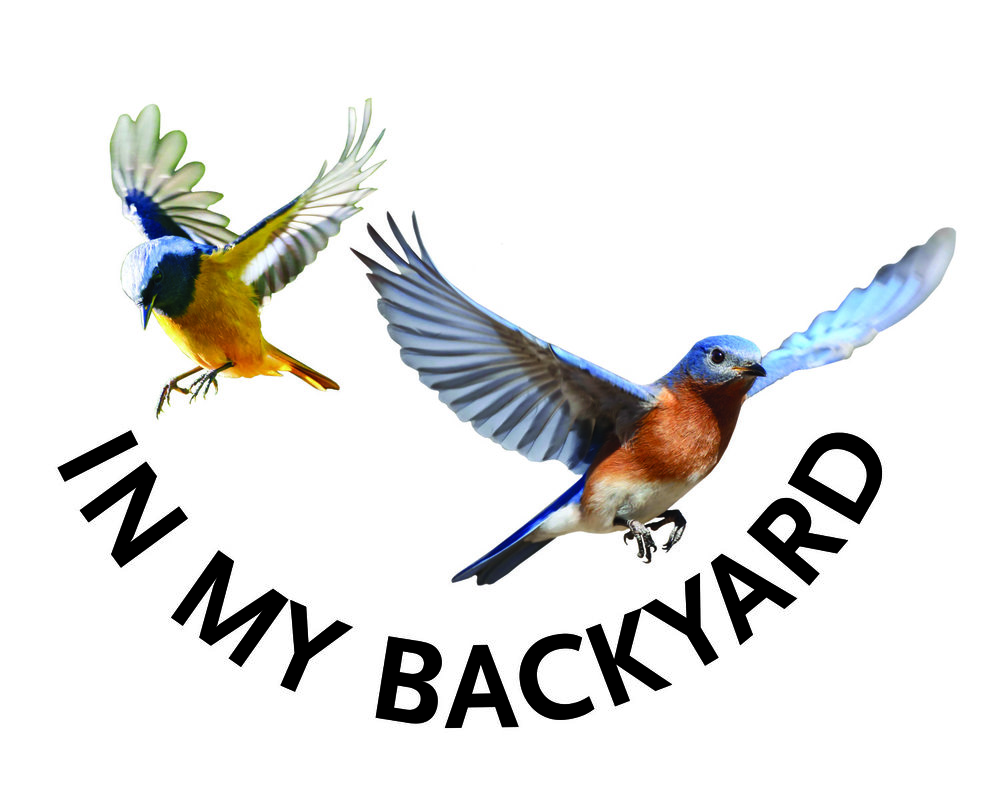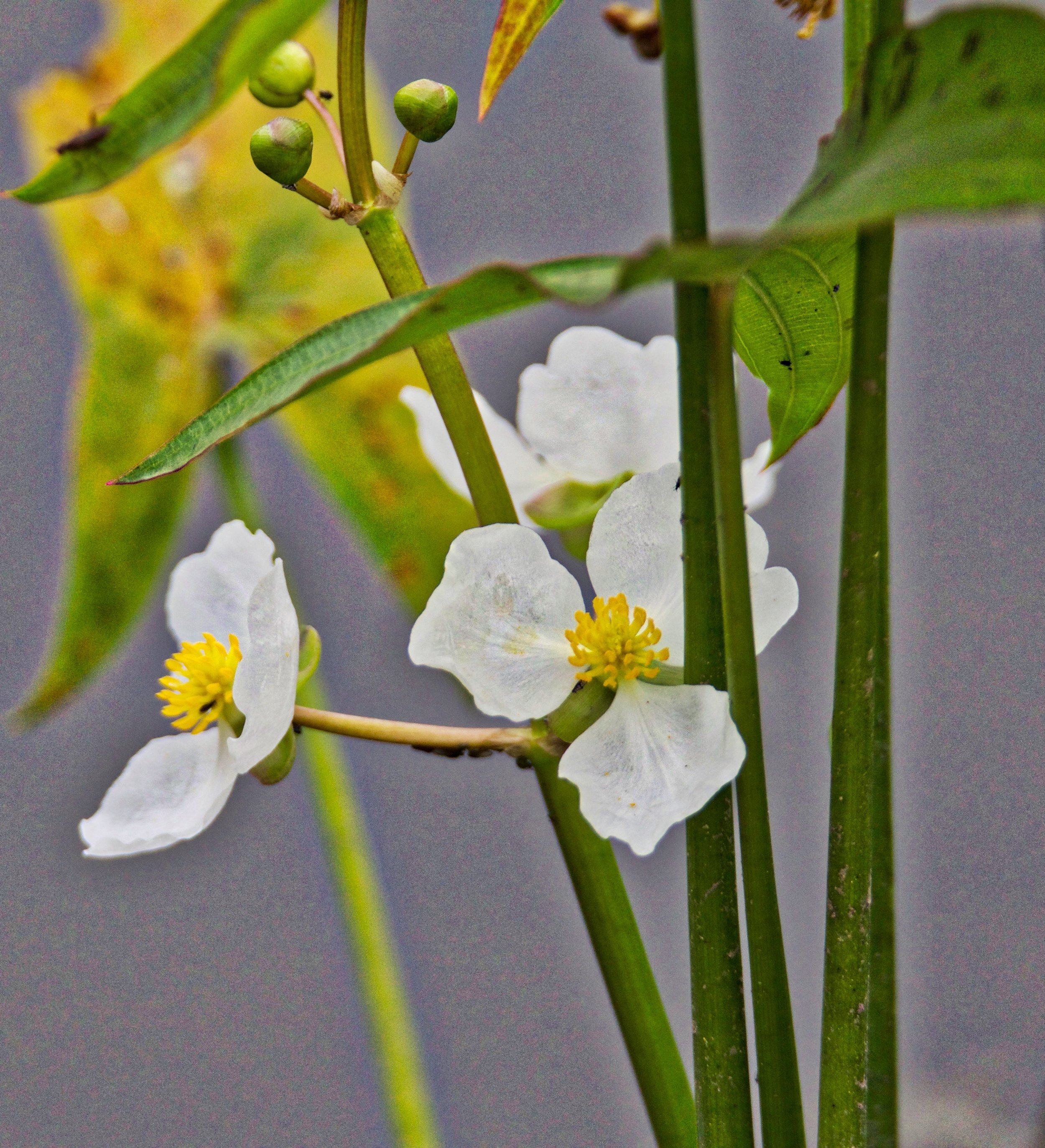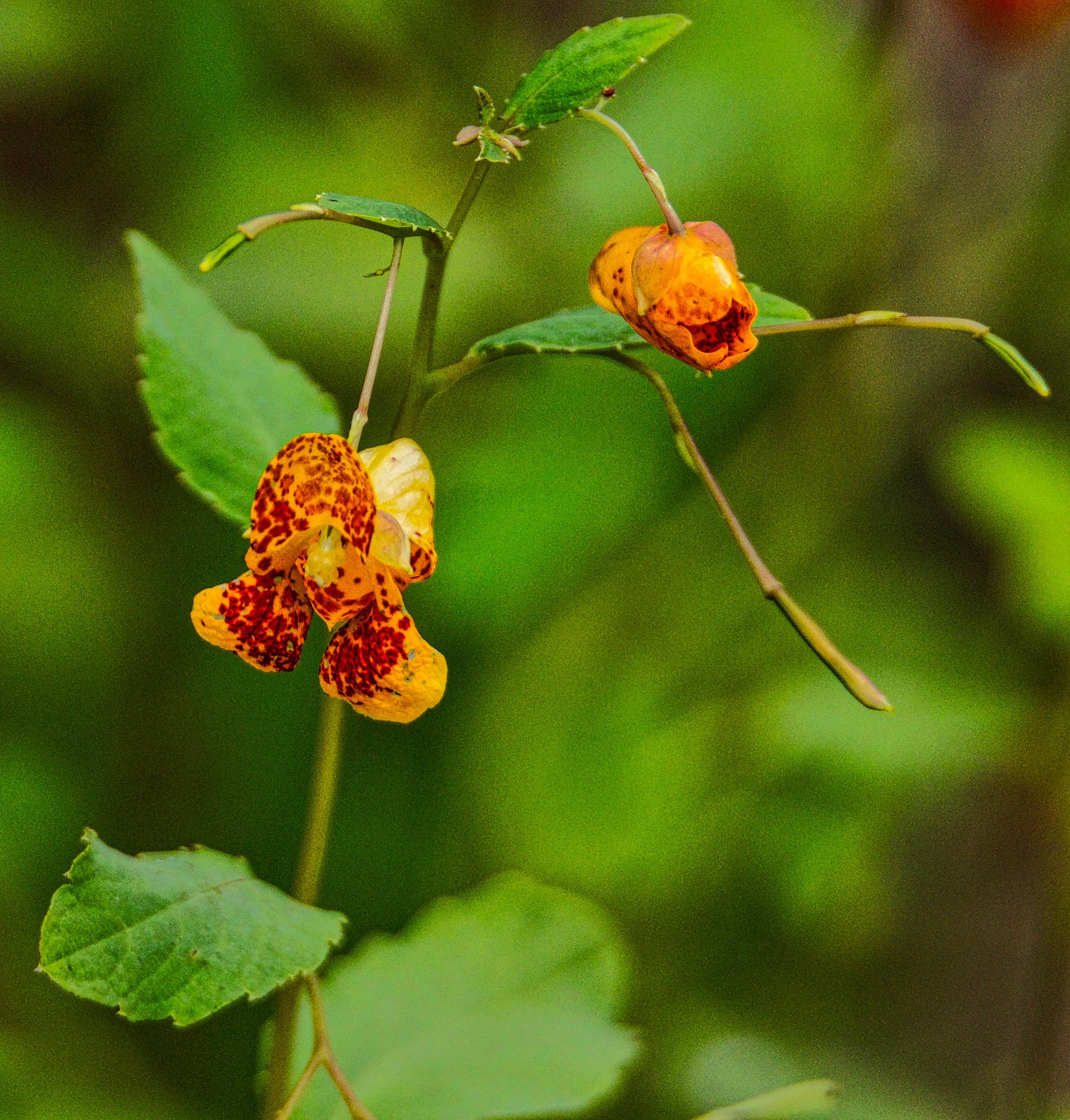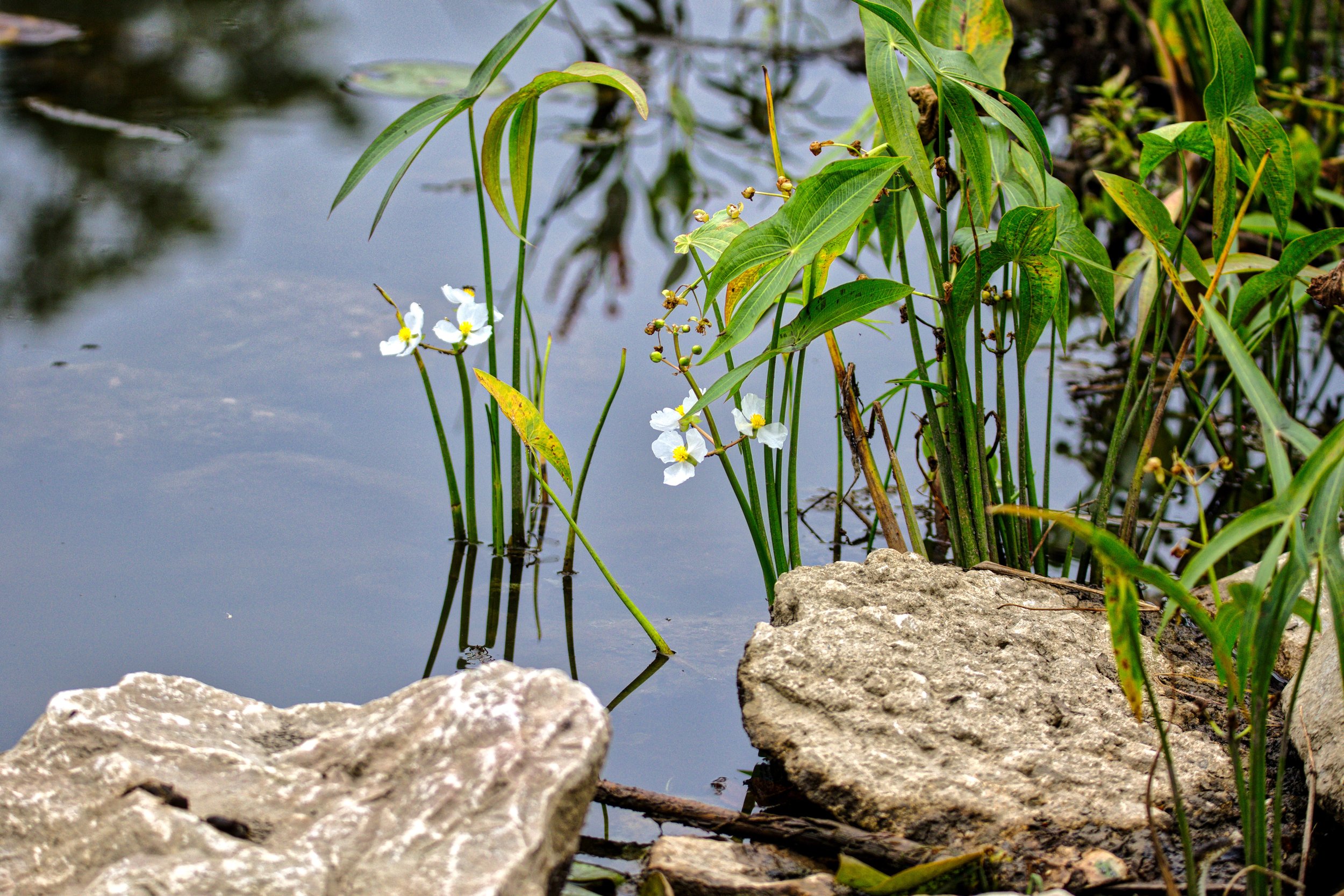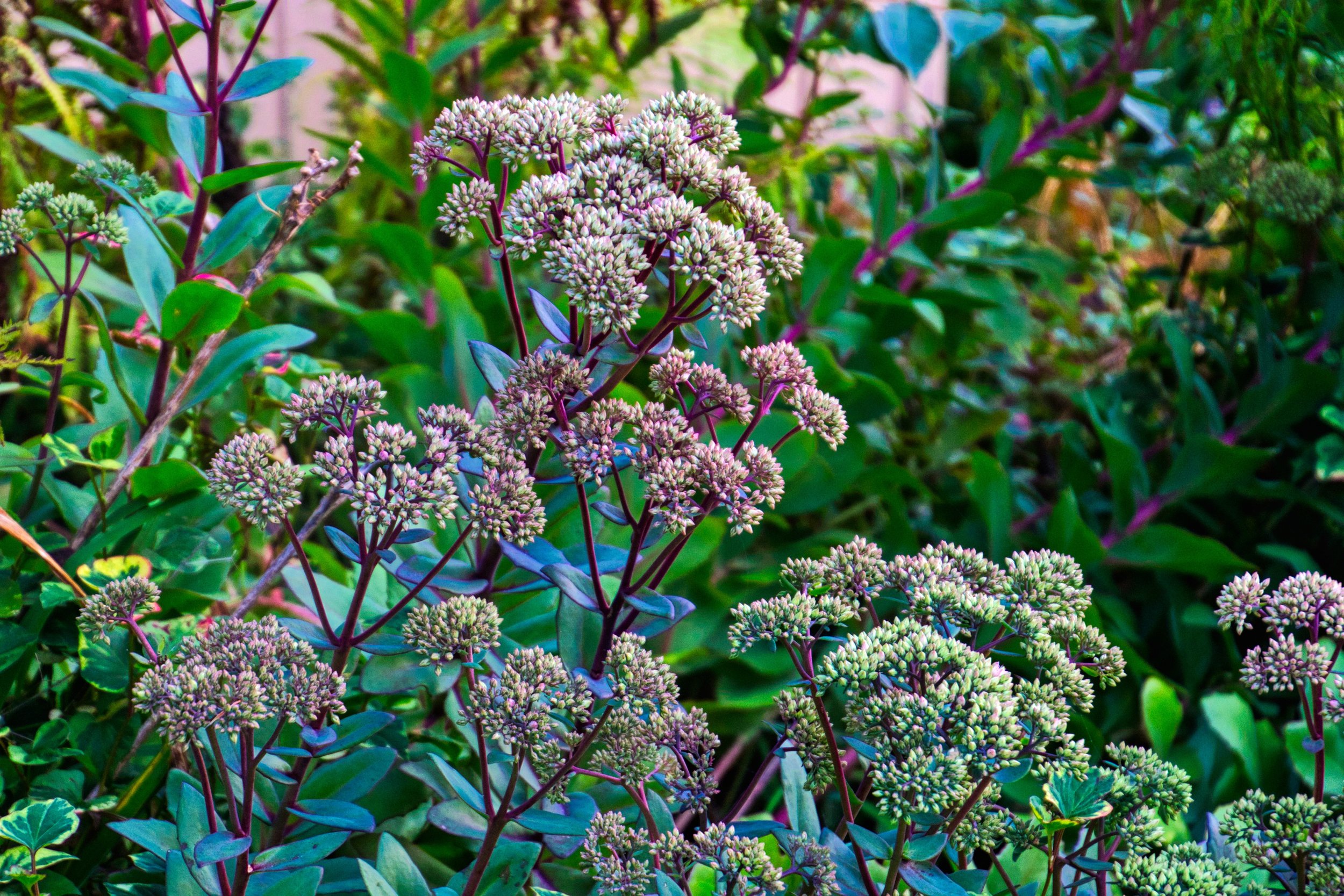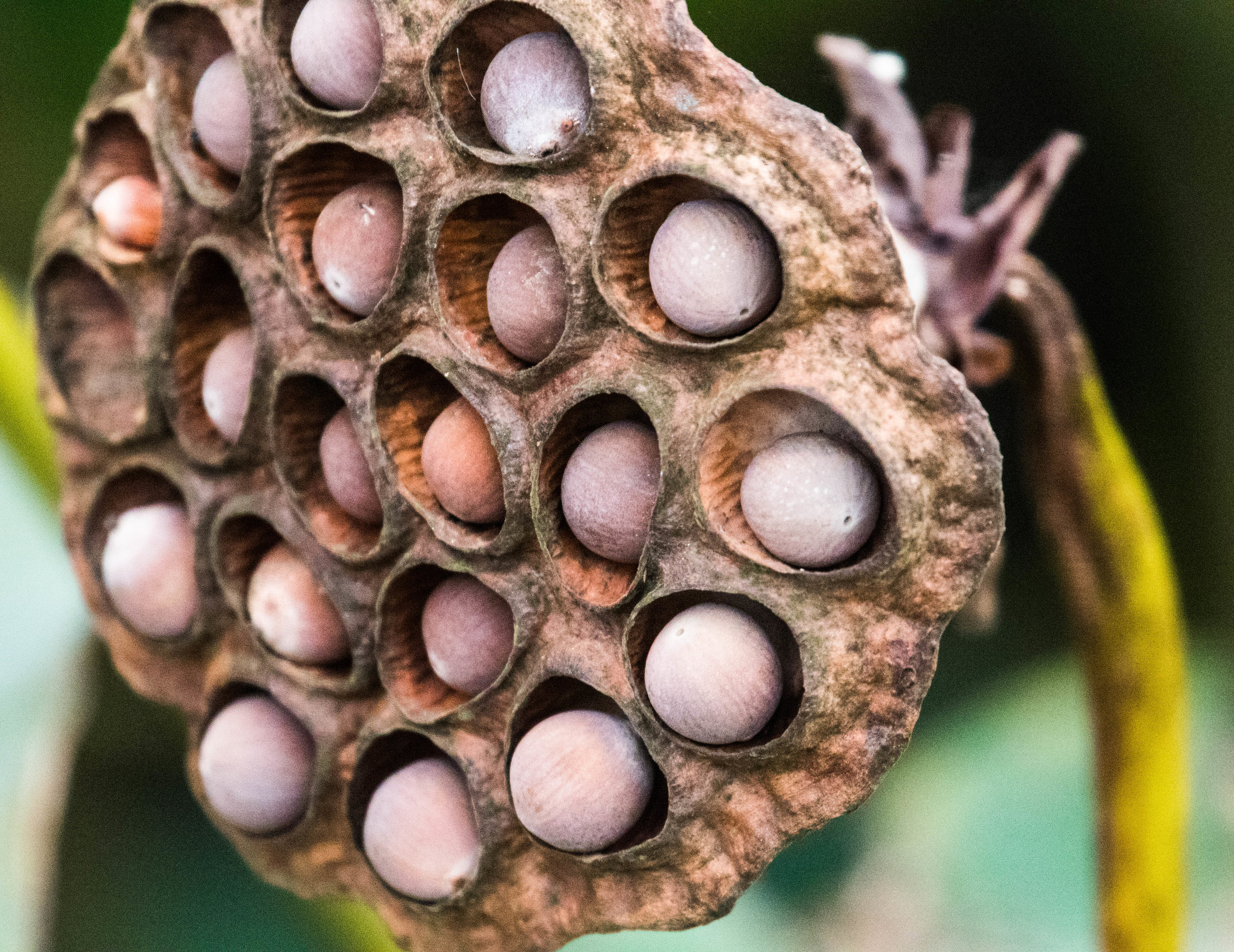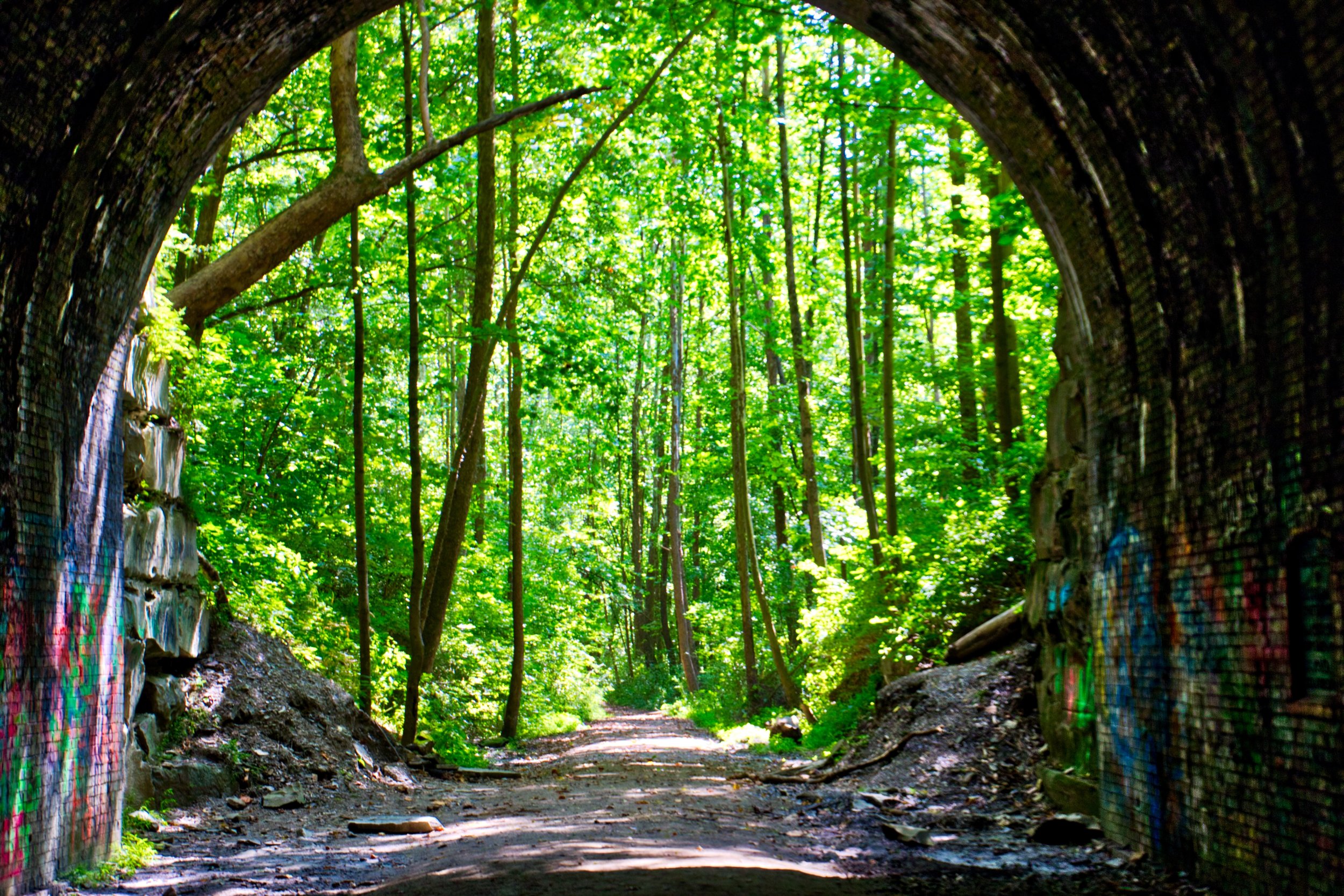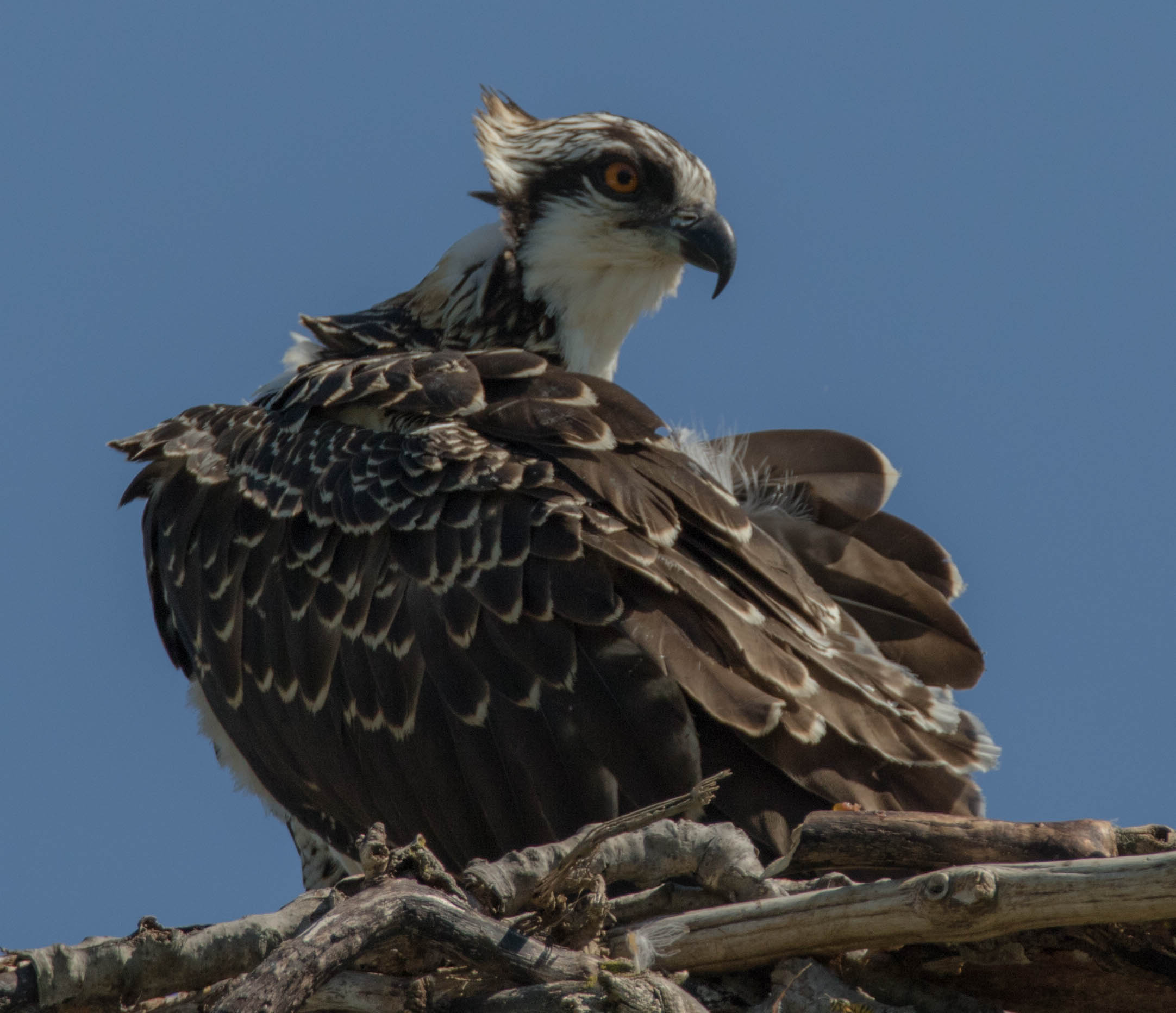The weather is cooler in Athens and sunrise is later!
Cooler days, shorter days, leaves changing colors and falling, pumpkins, apples, flowers turning to seed are all signs of Fall or is it Autumn. Fall is near or is it Autumn that is near.
Fall is the Americanized term for Autumn. At one time there were only two seasons-summer and winter. Fall/Autumn is a relatively new season. Autumn first appeared in the 14th century meaning harvest. In the 17th century Fall was introduced in writing. In the 18th century, Fall and Autumn became the acceptable terms for the season between summer and winter. https://www.livescience.com/34260-fall-autumn-season-names.html.
When does Fall begin? There are at least three beliefs about when Fall begins http://www.telegraph.co.uk/news/0/does-autumn-start-2017-autumn-equinox/.
Using the Meteorological Calendar Fall begins September 1.
Using the Astronomical Calendar which is used by most of us, Fall begins September 22
Using Phenology, Fall is fluid and is dictated by changes in the natural world such as the changing of tree colors and ripening of fall fruits.
A short walk capturing early signs of Fall yesterday!
